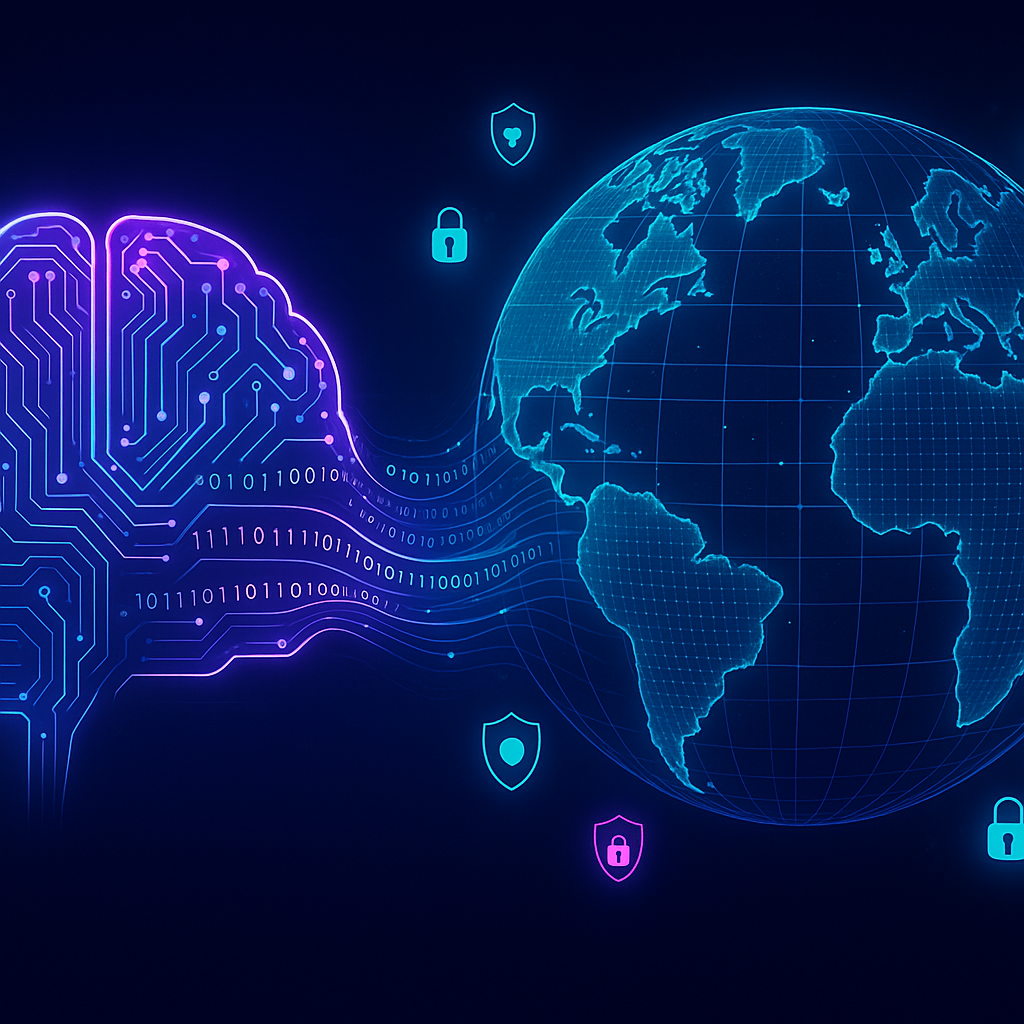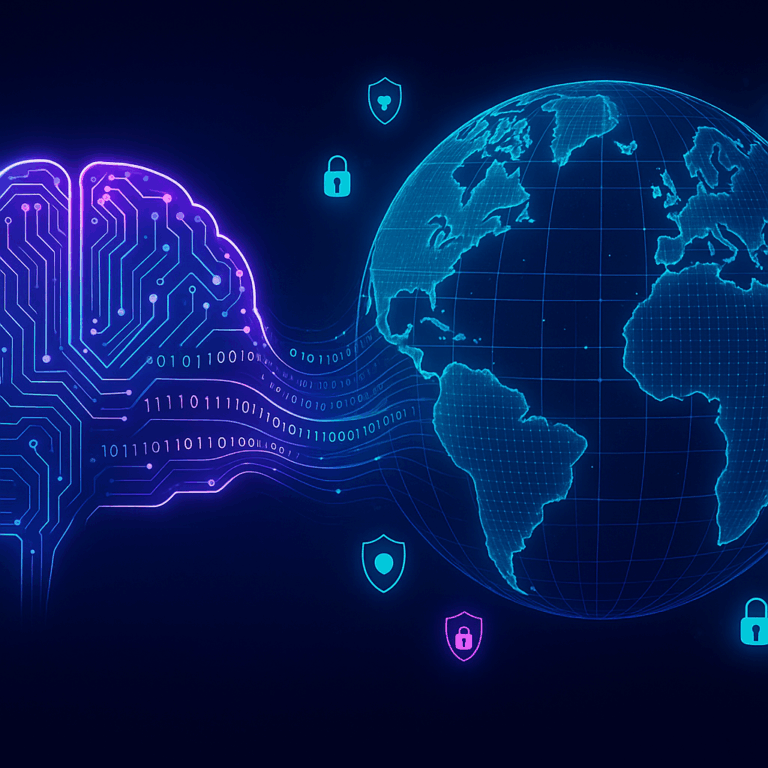Kyndryl Enhances Cybersecurity Training with AI to Combat Phishing and Deepfakes
In the realm of cybersecurity, staying ahead of the curve is not just an aspiration; it’s a necessity. Phishing attacks and deepfakes have become increasingly sophisticated, placing a growing demand on cybersecurity professionals. Enter Kyndryl, a company innovating at the forefront of this battle by leveraging artificial intelligence to bolster cybersecurity training. So why is this a game-changer, and what does it mean for the future of cybersecurity? Read on, and you’ll find out!
Why AI and Kyndryl’s New Approach Matter
Phishing: The old yet reliable trick that still traps many. Deepfakes: The new frontier of disinformation. Combining these with Kyndryl’s AI-powered training model creates a robust defense mechanism that adapts to emerging threats. But how? Let’s break it down.
AI-Driven Threat Detection
AI’s capacity to scan vast amounts of data quickly makes it ideal for threat detection. Kyndryl employs machine learning algorithms for anomaly detection, which can identify abnormal patterns in user behavior or network traffic.
- Behavioral Analysis: AI can differentiate between legitimate user actions and suspicious activities, flagging potential threats in real-time.
- Predictive Modeling: AI predicts potential attack vectors by learning from previous incidents, continuously improving its threat detection capabilities.
Training to Combat Phishing
Phishing remains one of the most prevalent cybersecurity threats. Kyndryl’s AI-enhanced training modules help in:
- Simulated Phishing Campaigns: These simulations test employees’ readiness and heighten their awareness.
- Immediate Feedback: AI-driven training provides instant feedback, allowing employees to learn from their mistakes in real-time.
According to a report by Cybersecurity Insiders, simulated phishing has resulted in a 60% reduction in real-world phishing attacks.
Deepfake Detection and Mitigation
Deepfakes pose a unique challenge, especially for sectors dependent on visual and audio verification methods. The rise of these sophisticated forgeries makes AI indispensable in identifying and mitigating their impact.
- Deep Learning Algorithms: Kyndryl employs deep learning techniques to analyze minute inconsistencies in videos and audios.
- Composite Data Training: Combining various data sets for training, AI can recognize the tell-tale signs of deepfake content, such as misaligned facial features or inconsistent light reflections.
Network Security Protocols
Preventing unauthorized access to networks is fundamental to cybersecurity. Here, AI proves invaluable again.
- Real-Time Intrusion Detection: AI systems monitor network traffic constantly, identifying and isolating threats before they can do harm.
- Automated Response: Using AI, Kyndryl’s systems can automatically initiate response protocols, minimizing the window of vulnerability.
Data Protection Strategies
Data is the new gold, and protecting it is paramount. AI-driven solutions help in:
- Encryption Enhancements: Advanced algorithms help to automate encryption processes, ensuring data integrity and security.
- Access Control: AI can dynamically adjust access rights based on user behavior, enhancing data protection.
As per the Data Protection Report, organizations using AI-driven security protocols reported a 70% decrease in successful data breaches.
Real-World Applications
Let’s delve into some real-world scenarios:
- Corporate Sector: Companies like General Electric and JPMorgan Chase have begun implementing AI-phishing simulations and deepfake detection modules to safeguard their systems.
- Public Sector: Government agencies are incorporating AI-driven anomaly detection to strengthen national cybersecurity.
Challenges Ahead
No system is without its challenges. The deployment of AI-driven security has its own set of hurdles:
- Data Privacy Concerns: Ensuring that AI systems comply with data protection regulations is vital.
- Cost: High initial investment and ongoing maintenance can be a barrier for smaller companies.
Future Implications
The future of cybersecurity will inevitably be shaped by AI advancements. As algorithms get more sophisticated, so will the threats. Staying ahead means continuous adaptation and learning.
- AI Evolution: Future AI systems will likely employ unsupervised learning, allowing them to detect and adapt to new threats autonomously.
- Global Collaboration: The interconnected nature of cybersecurity demands global collaboration for threat intelligence sharing and mitigation strategies.
Conclusion
Kyndryl’s use of AI to enhance cybersecurity training against phishing and deepfakes is a significant step forward. The AI-driven approaches discussed are not just hypothetical; they are actively shaping the future of cybersecurity. As we move forward, the fusion of human expertise and AI will become indispensable for staying ahead of the ever-evolving threats.
Staying informed and adaptable is key. By integrating these advanced strategies, organizations can create robust defensive mechanisms, ready to tackle even the most sophisticated cyber threats.
Are you poised to embrace this new paradigm in cybersecurity? The time to act is now!



